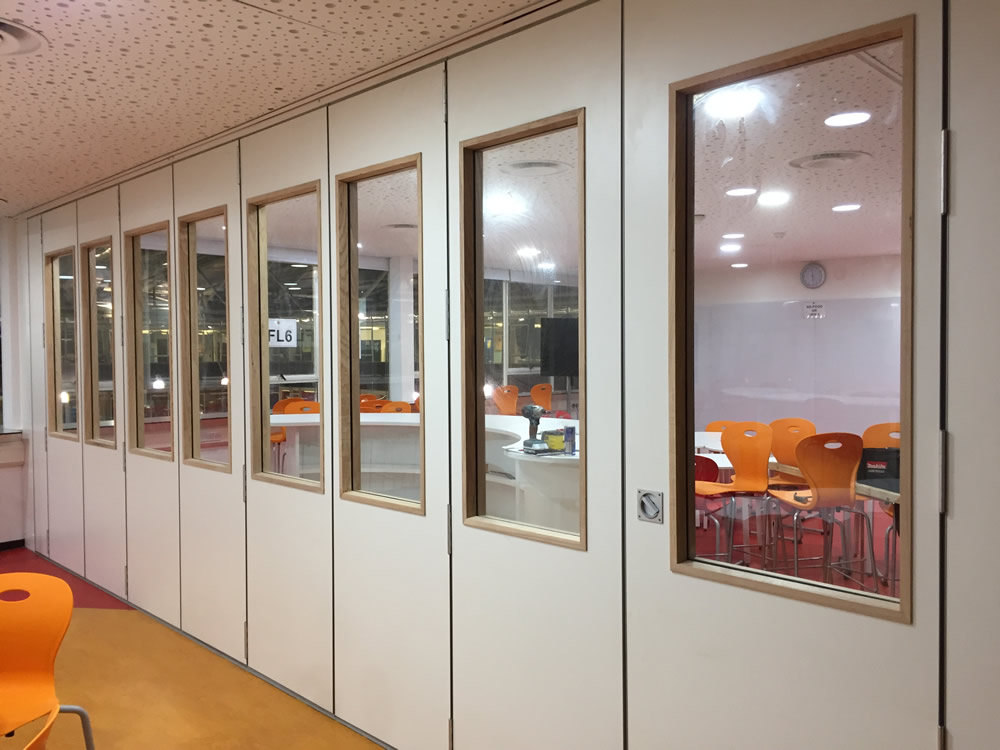Acoustic partitions are valuable tools for sound control in various environments. While they can significantly reduce sound transmission and create separate spaces for different activities, achieving complete sound isolation may require additional measures. Here are some important points to consider:
- Comprehensive Soundproofing: Acoustic partitions can effectively reduce sound transfer between spaces, but a holistic approach to soundproofing is necessary for complete sound isolation. This may involve using materials with higher soundproofing qualities and considering the entire acoustic system of the building.
- Proper Insulation: To further enhance sound isolation, the walls, ceilings, and floors around the acoustic partitions should have appropriate insulation. Insulation materials like mineral wool or acoustic foams can help absorb and block sound waves, preventing them from passing through the partition’s structure.
- Sealing Gaps and Joints: Even the most effective acoustic partition can be compromised by gaps or joints that allow sound leakage. Properly sealing these gaps with acoustic seals can improve soundproofing and improve sound isolation.
- Soundproofing Doors: Sound can easily travel through poorly sealed doors or doors without proper soundproofing features. Installing soundproof doors with acoustic seals can help maintain sound isolation and maximise the benefits of acoustic partitions.
- Structural Considerations: For spaces that require high levels of sound isolation, the entire construction and design of the building should be carefully planned. This may involve creating independent floating floors or resilient ceiling systems to minimise sound transmission through structural connections.
- Purposeful Design: Integrating acoustic partitions into the space’s overall design is essential. Understanding the intended use of each area and implementing appropriate acoustic solutions will optimise the effectiveness of the partitions.
- Room Acoustics: While acoustic partitions primarily focus on sound isolation between spaces, it’s also crucial to consider room acoustics within each separated area. Proper treatment of the surfaces inside the rooms can improve sound quality and reduce reverberation.
In conclusion, acoustic partitions are valuable for managing sound in diverse environments, promoting privacy, productivity, and acoustic comfort. However, achieving complete sound isolation often requires a combination of acoustic partitioning with proper insulation, sealing, and soundproofing measures to create the desired acoustic environment. A comprehensive and well-designed approach will lead to the best results in sound.

